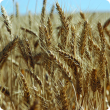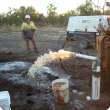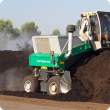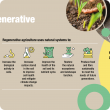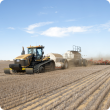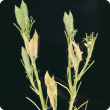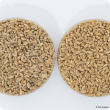Filter by regions:
- (-) Remove Mid West filter Mid West
- (-) Remove Wheatbelt filter Wheatbelt
- Great Southern (793) Apply Great Southern filter
- South West (761) Apply South West filter
- Goldfields-Esperance (711) Apply Goldfields-Esperance filter
- Peel (675) Apply Peel filter
- Perth regions (535) Apply Perth regions filter
- Gascoyne (487) Apply Gascoyne filter
- Pilbara (455) Apply Pilbara filter
- Kimberley (445) Apply Kimberley filter

